How Many Types Of Cars Are There? Every Class Illustrated And Explained
Modern cars represent a fusion of innovative technology, comfort, and efficiency. They’re equipped with advanced safety features like automated braking systems, lane-keeping assist, and blind-spot monitoring. Infotainment systems have become standard, providing navigation, music streaming, and smartphone integration.
Fuel efficiency has greatly improved, and a wide range of powertrains is available, from gasoline and diesel to hybrid and fully electric options.
Subcompact Cars
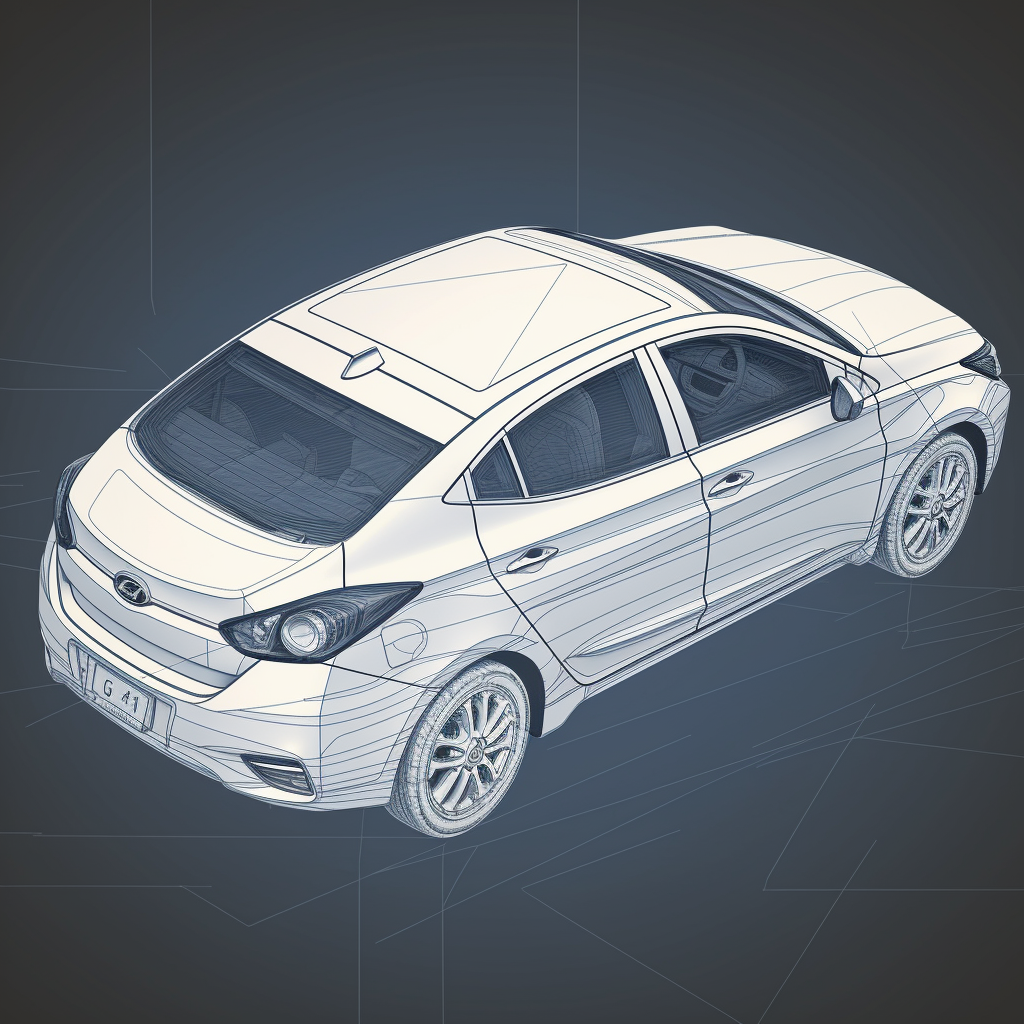
Subcompact cars are the smallest-sized class of car. A typical model is the Hyundai Accent, which is ideal for navigating tight parking spaces and narrow city streets. These vehicles tend to be highly fuel-efficient. However, their small size does mean less room for passengers and cargo.
Subcompacts are among the least expensive cars, often starting below $20,000.
Hatchbacks
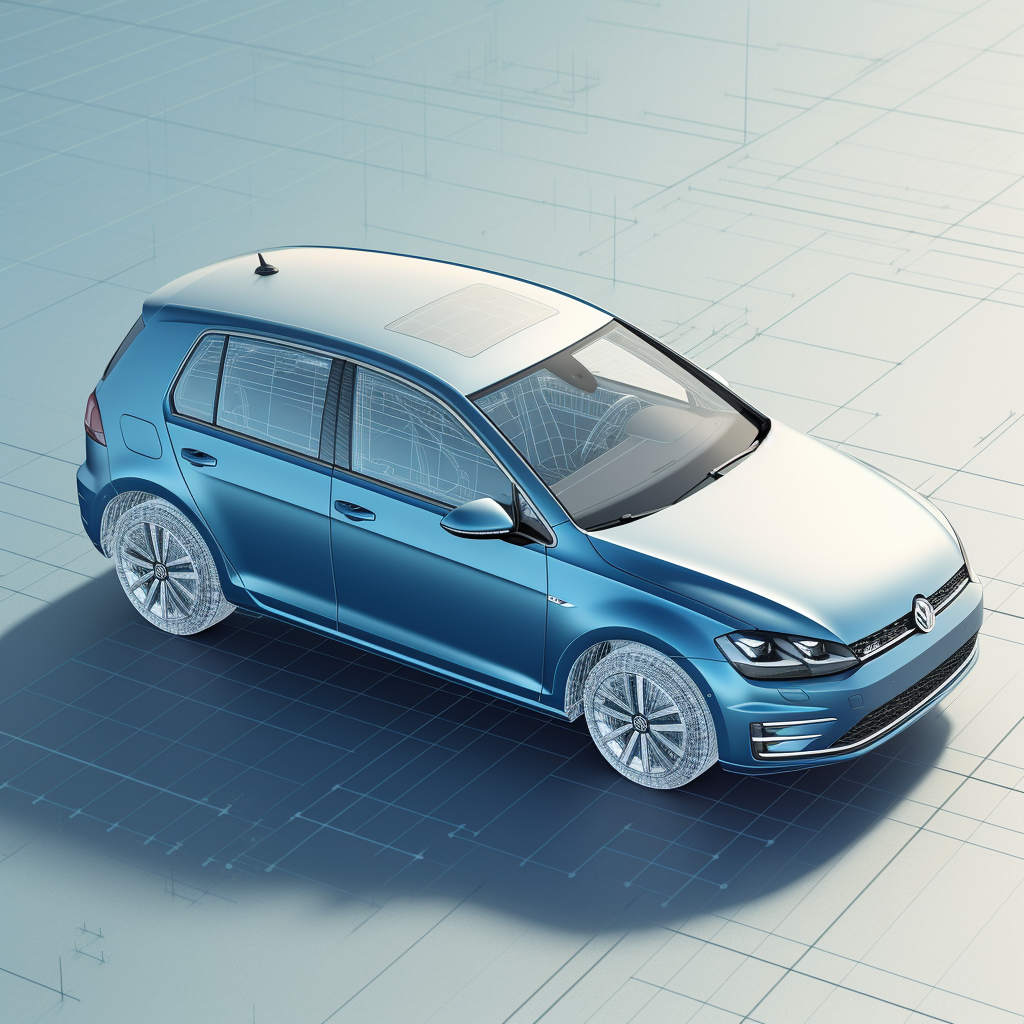
Hatchbacks are defined by their rear door that opens upward to provide access to a cargo area. They are often a subclass of subcompacts. Models like the Volkswagen Golf are popular for their compact size combined with a surprising amount of cargo space. They deliver car-like handling while offering additional practicality, which makes them a favorite among urban commuters. Fuel efficiency varies based on size and engine type, but generally, hatchbacks are economical to run.
New hatchbacks typically start around $20,000.
Compact Cars
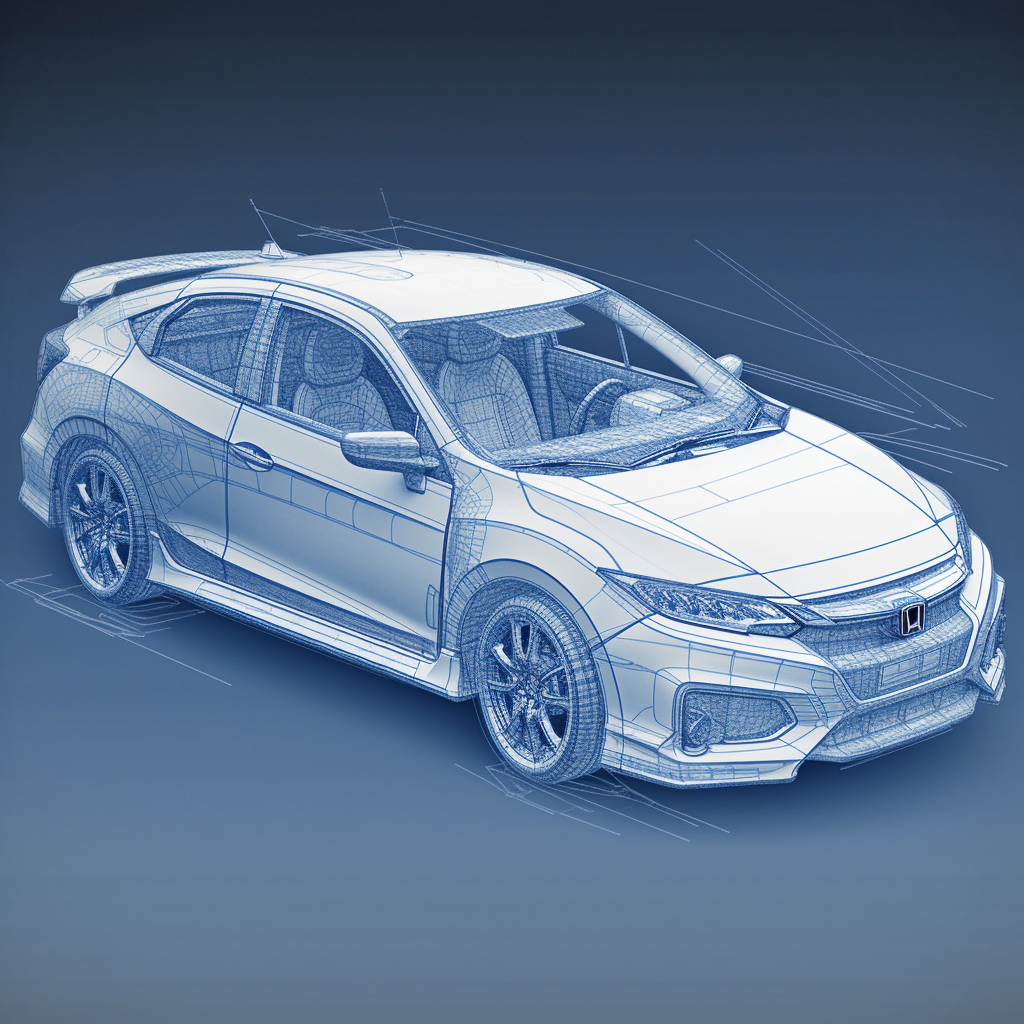
Compact cars are a popular choice for city-dwellers due to their maneuverability and fuel efficiency. Vehicles such as the Honda Civic excel in tight spaces and offer a balance of comfort and economy. They are typically front-wheel drive, providing good traction in wet conditions.
Compact cars also offer a more affordable entry point into new car ownership, generally starting around $20,000.
Mid-size Sedans
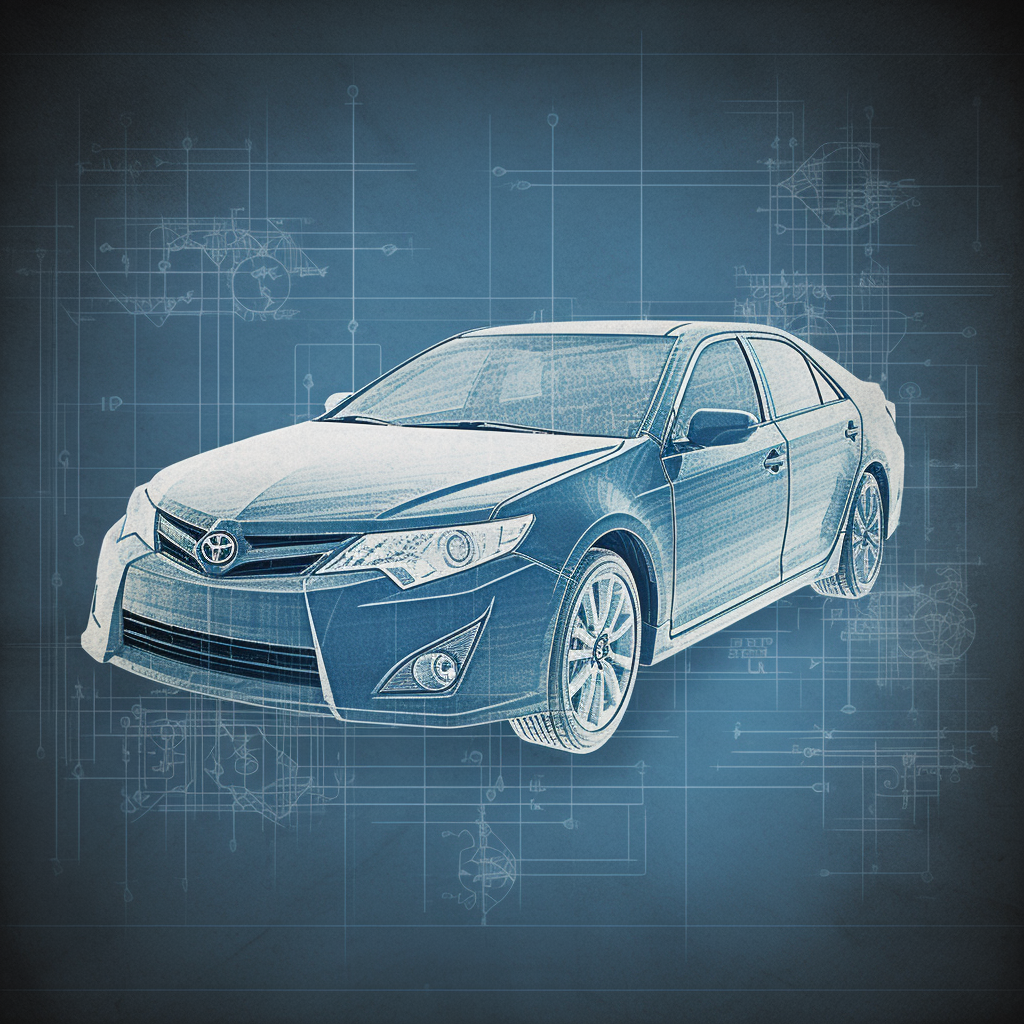
Mid-size sedans like the Toyota Camry provide more space than compact and subcompact cars. They combine comfortable seating for five with ample trunk space, making them a good choice for families. Most mid-size sedans offer a range of features, from basic to luxury. They also strike a balance between fuel efficiency and power.
Prices typically start around $25,000.
Full-size Sedans
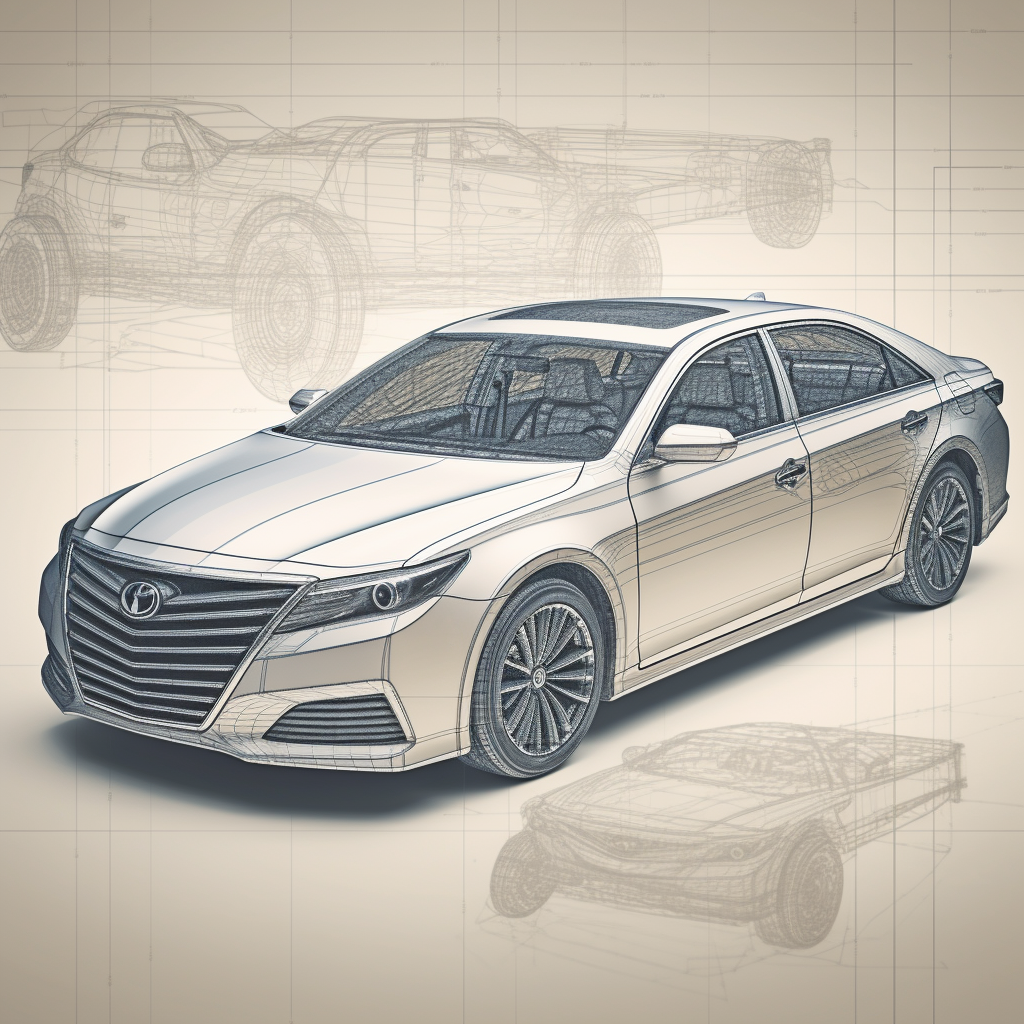
Full-size sedans such as the Toyota Avalon offer generous interior and cargo space. They’re often equipped with more luxurious features and larger, more powerful engines than mid-size sedans. Full-size sedans prioritize comfort and smooth ride quality. They tend to consume more fuel due to their size and power.
Prices usually start around $35,000.
Luxury Cars
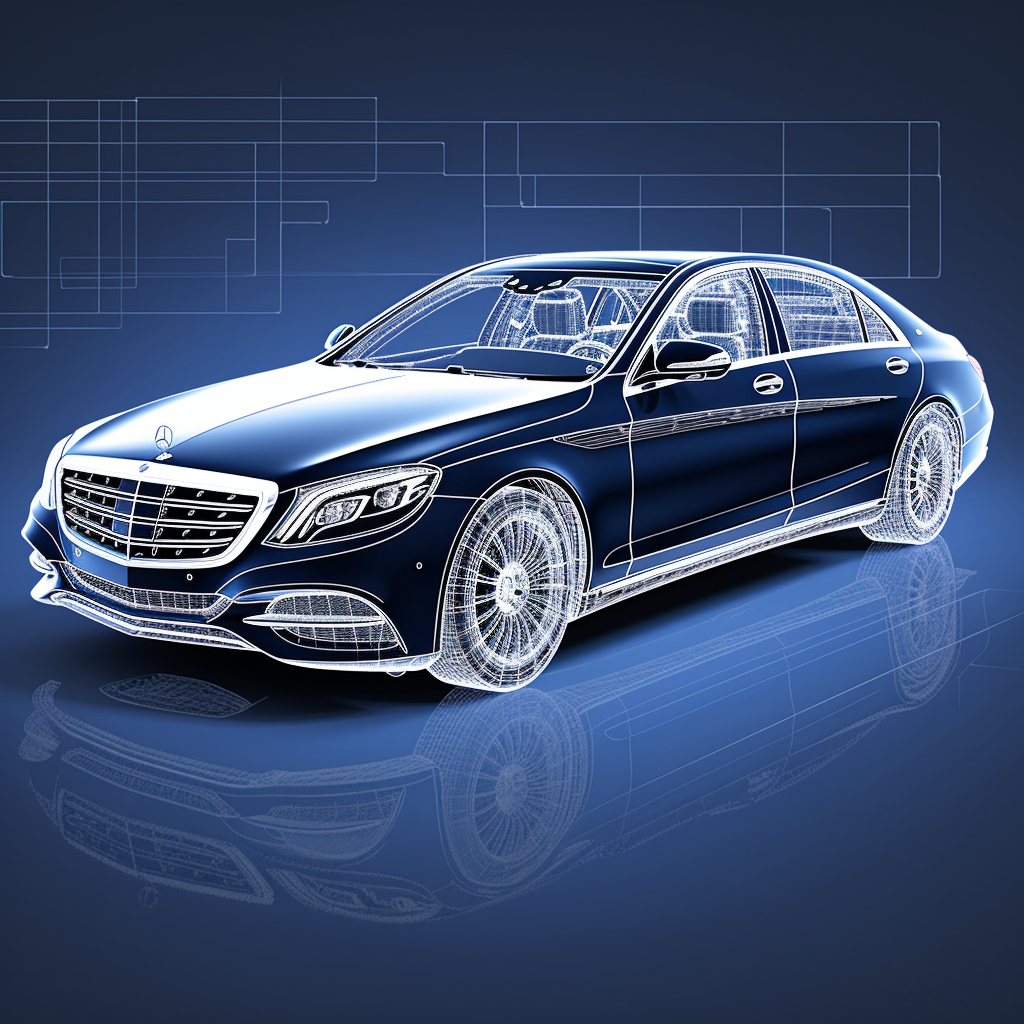
Luxury cars distinguish themselves through premium materials, advanced technology, and high-performance engines. Brands like Mercedes, BMW and Audi fall into this category. Luxury cars provide superior comfort and often come with comprehensive warranty packages.
However, they come with higher price tags, typically starting around $40,000 and can go well over $100,000 for high-end models.
Sports Cars
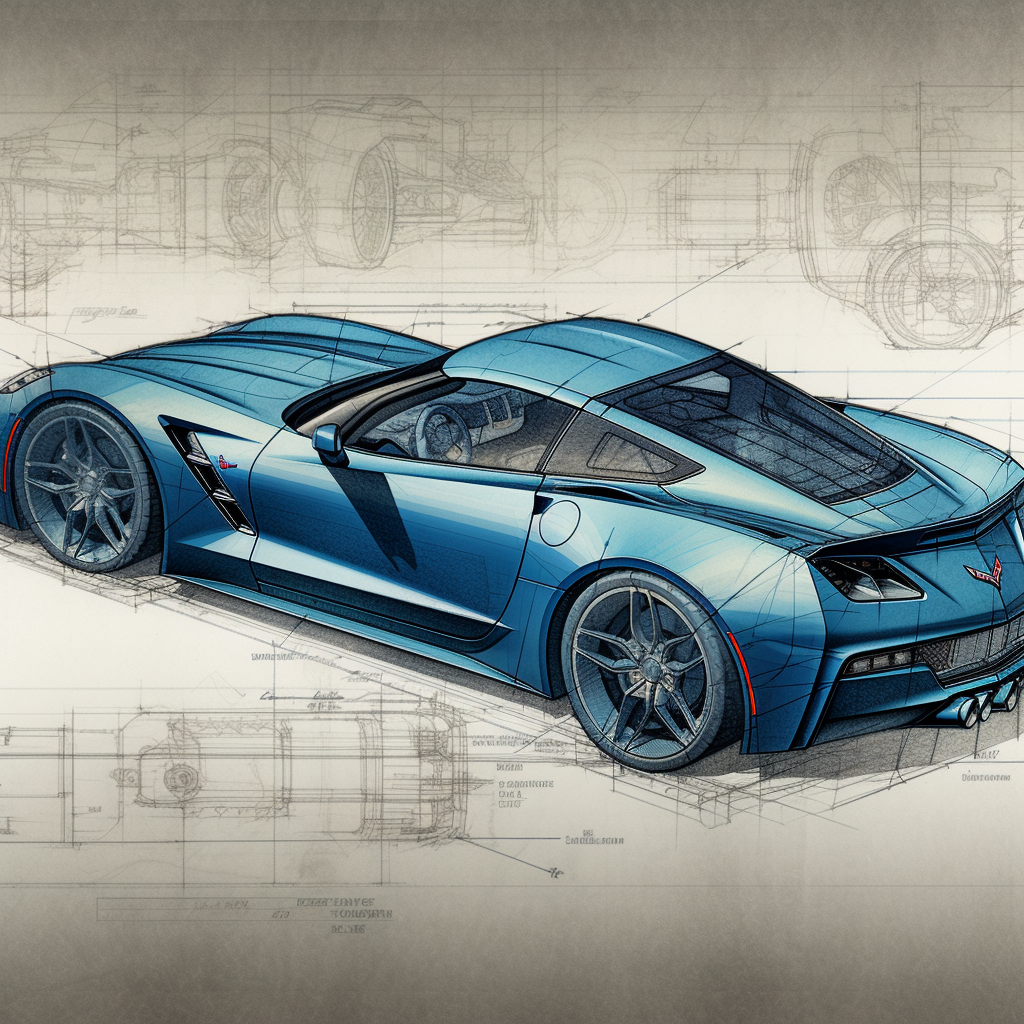
Sports cars prioritize performance above all else. Characterized by powerful engines and sharp handling, these vehicles, like the Chevrolet Corvette, are designed for driving pleasure. They typically feature two doors and a low, sleek profile. However, practicality is often sacrificed for style and performance.
Entry-level sports cars can start around $30,000, but top models can exceed $100,000.
Supercars and Hypercars
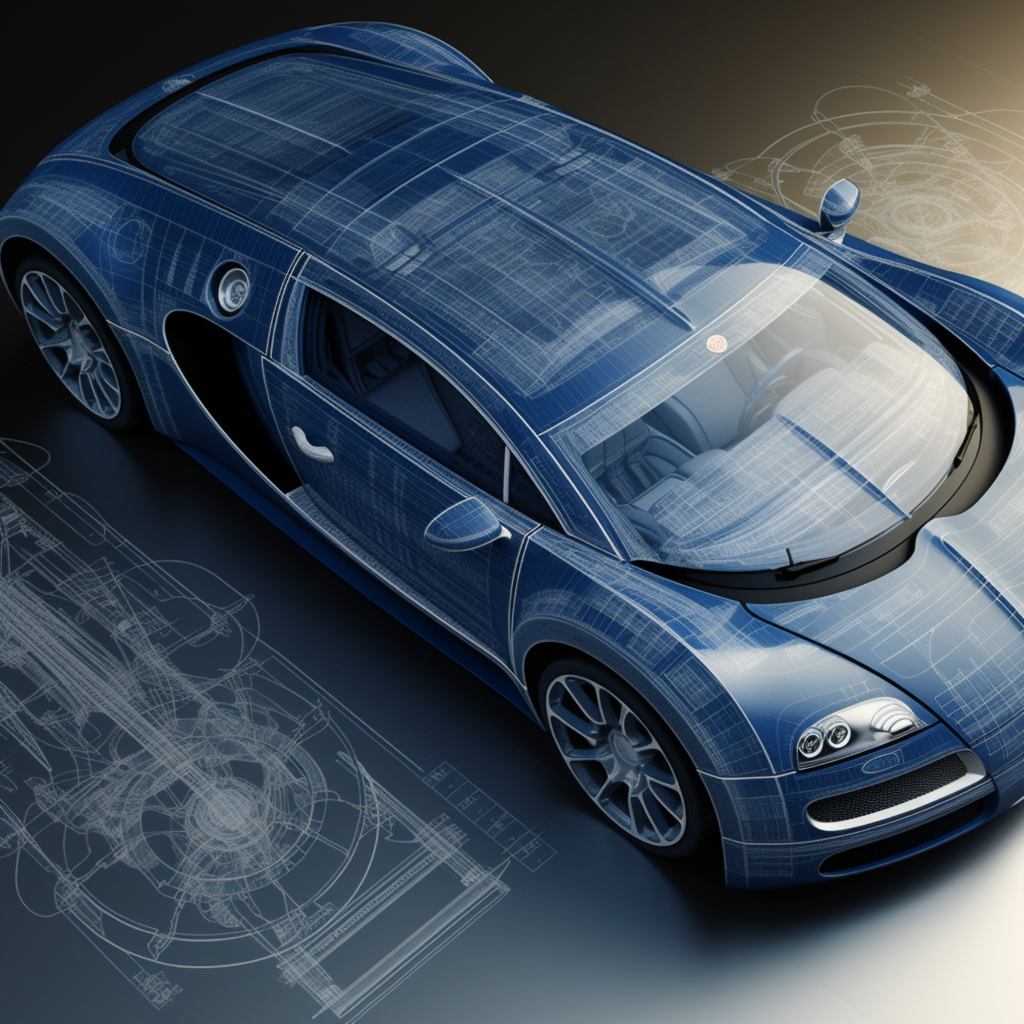
Supercars and hypercars are the pinnacle of automotive performance and technology. Vehicles such as the Bugatti Veyron offer extraordinary speed and cutting-edge technology. They’re usually produced in limited numbers, adding to their exclusivity. However, their high performance comes with significant maintenance and insurance costs.
These vehicles often start well above $200,000, with hypercars reaching into the millions.
Convertibles
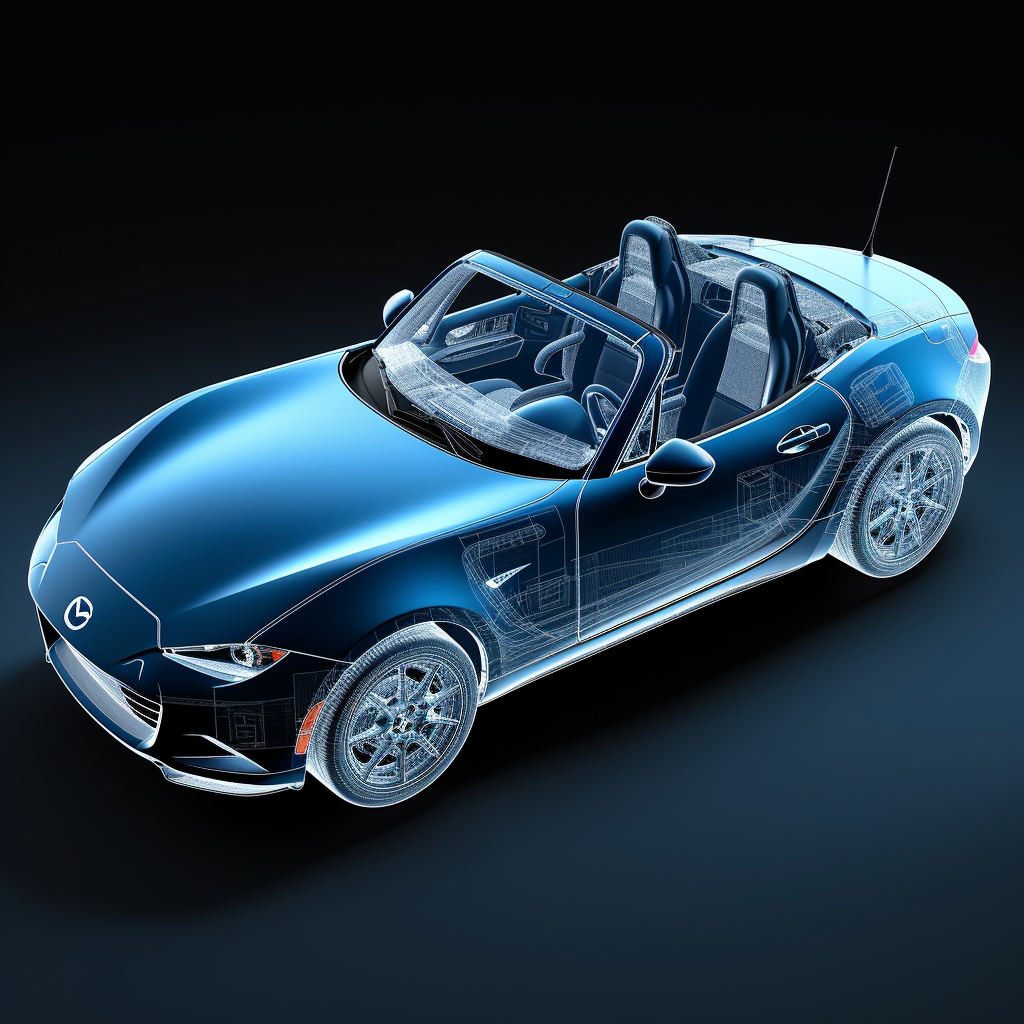
Convertibles, like the Mazda MX-5, offer an open-air driving experience with their retractable roofs. They can be based on a range of car types, from sports cars to luxury cars. Convertibles offer a unique driving experience, particularly enjoyable in good weather. However, they often sacrifice space and practicality for style.
Convertibles typically start around $30,000.
Station Wagons
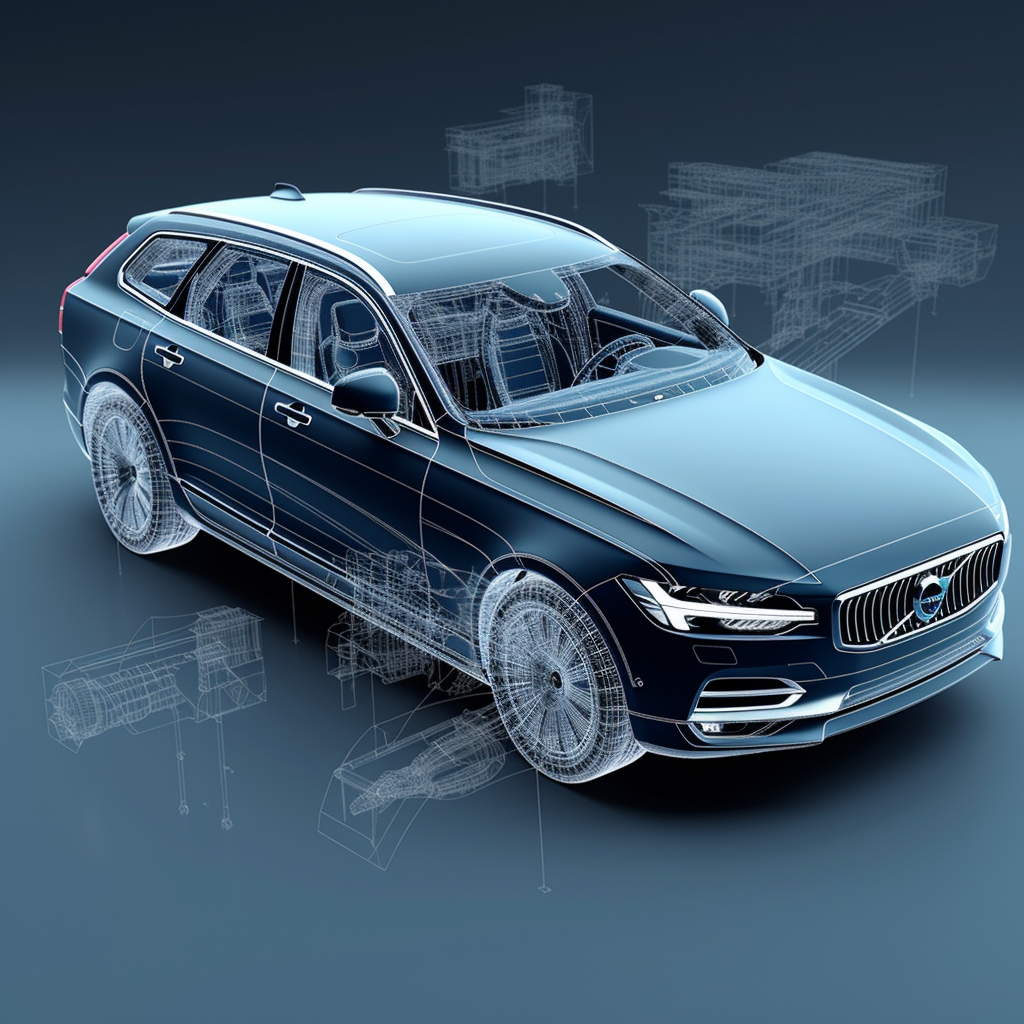
Station wagons combine the handling characteristics of a sedan with the practicality of an SUV. With ample cargo space and seating for five, models like the Volvo V90 are ideal for families. Station wagons offer a comfortable ride and good fuel economy. Their low center of gravity provides better handling than SUVs.
Prices for new station wagons generally start around $25,000.
Electric Cars (EVs)
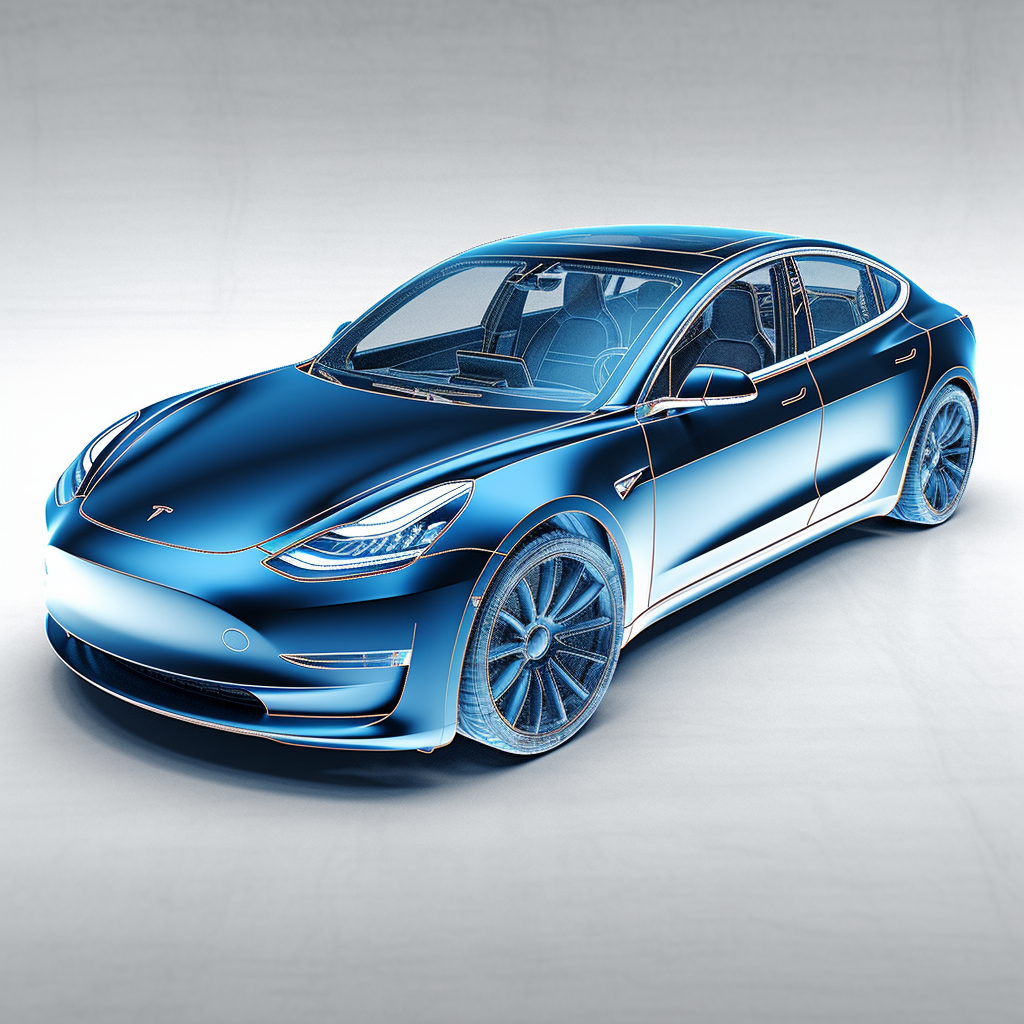
Electric Vehicles (EVs) are powered solely by electricity. Cars like the Tesla Model 3 produce zero tailpipe emissions and can be recharged at home or public charging stations. They offer smooth and quiet operation. However, range and charging infrastructure can be a concern for potential buyers.
Prices for new EVs can range from around $30,000 to well over $100,000 for high-end models.
Hybrid/Electric Hybrid Vehicles
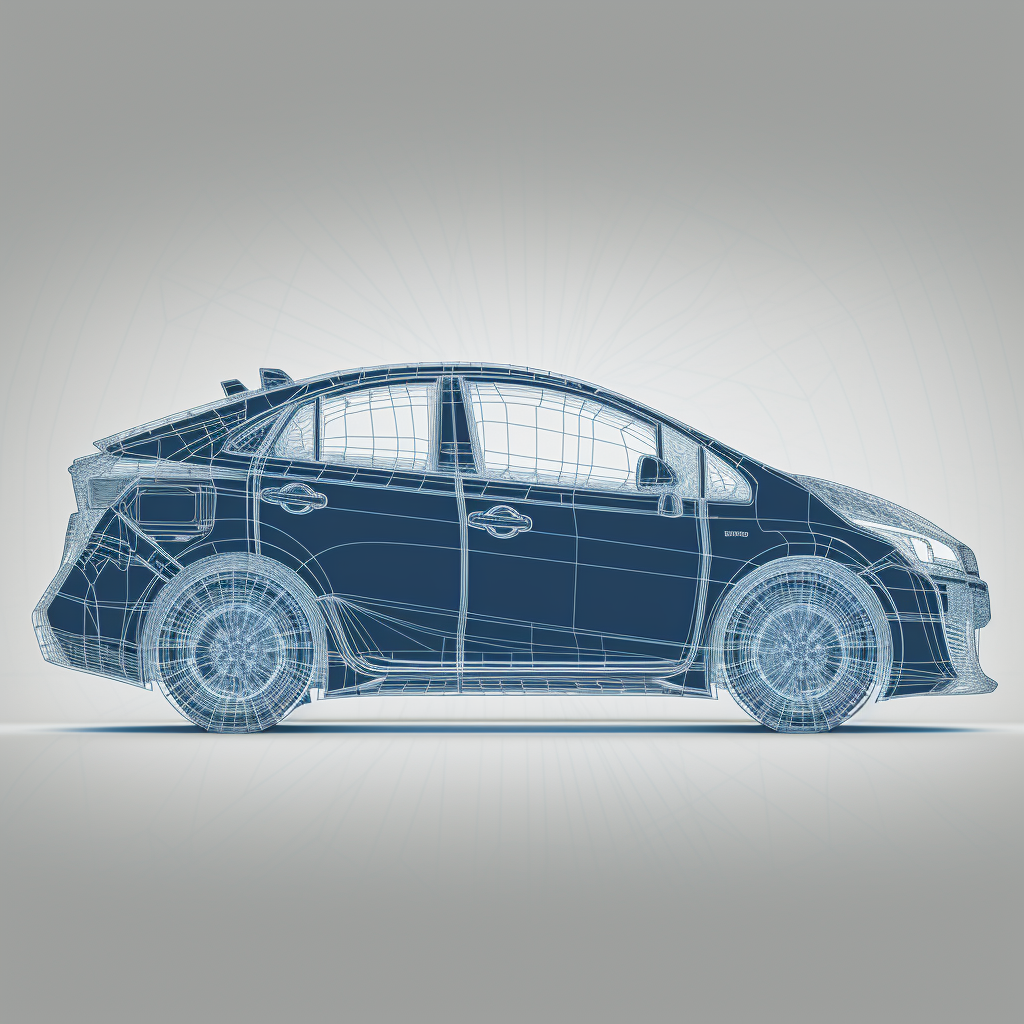
Hybrid vehicles use a combination of a gasoline engine and an electric motor. Vehicles like the Toyota Prius switch between or combine the two power sources to maximize fuel efficiency. They reduce emissions compared to traditional gasoline vehicles. Their fuel efficiency makes them a popular choice in urban settings.
New hybrids generally start around $25,000.
Plug-in Hybrid Vehicles
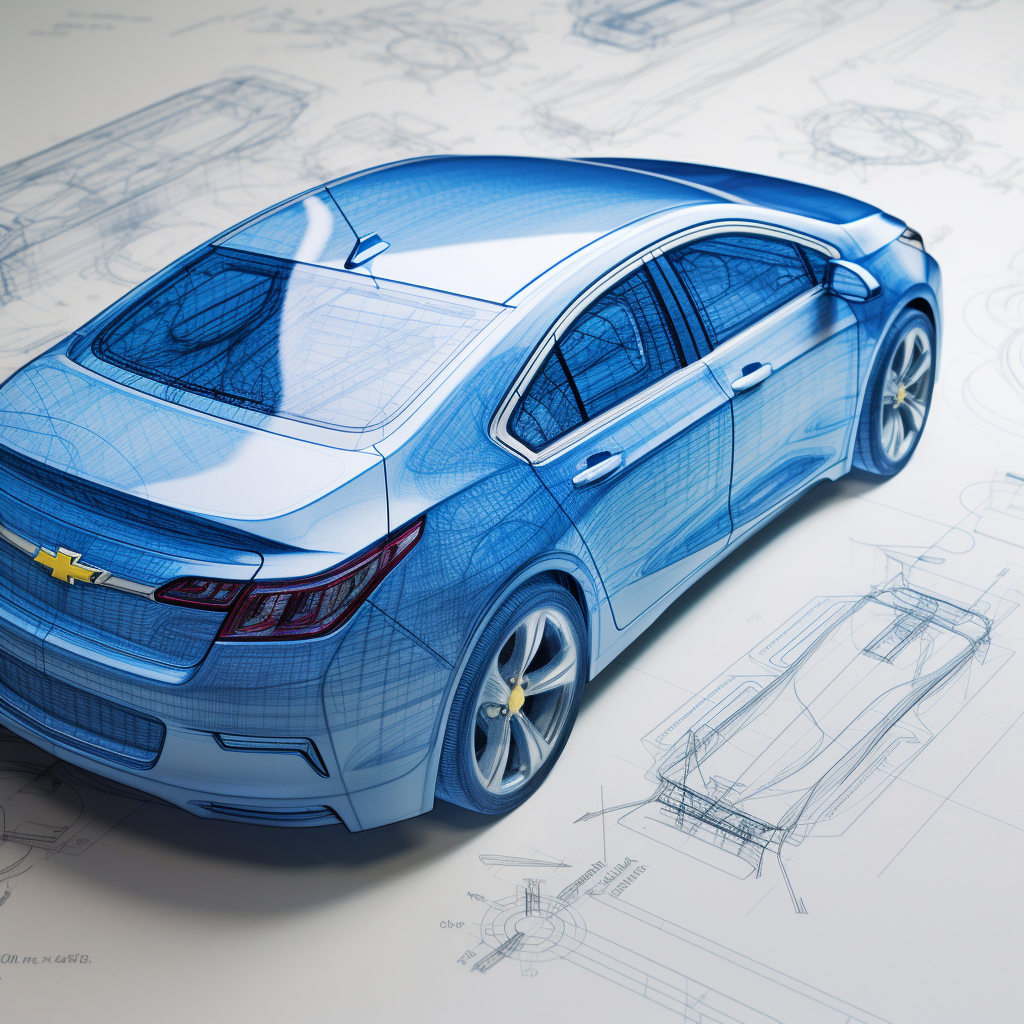
Plug-in hybrids, like the Chevrolet Volt, can operate on electric power alone for short distances. They can be charged at home or at public charging stations. For longer journeys, a gasoline engine is used. This combination provides greater flexibility in terms of fuel source and reduces range anxiety.
Plug-in hybrids typically start around $30,000.




